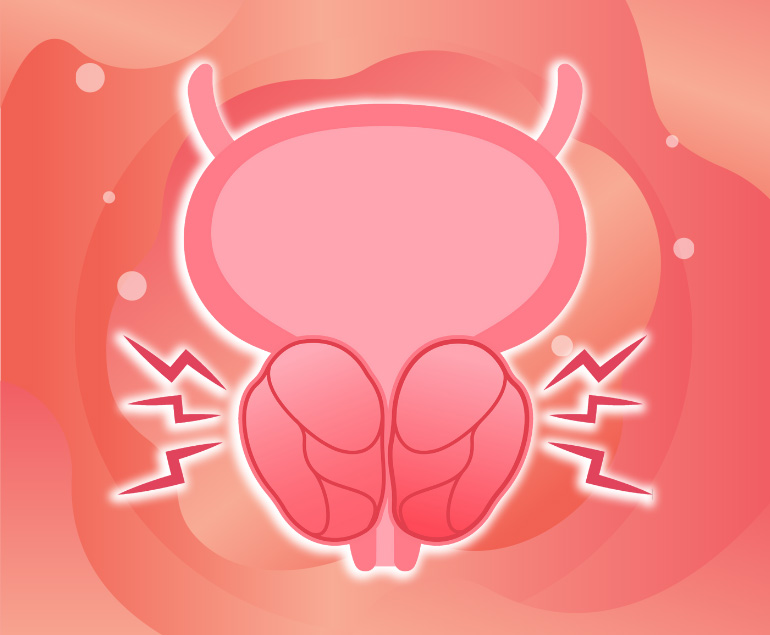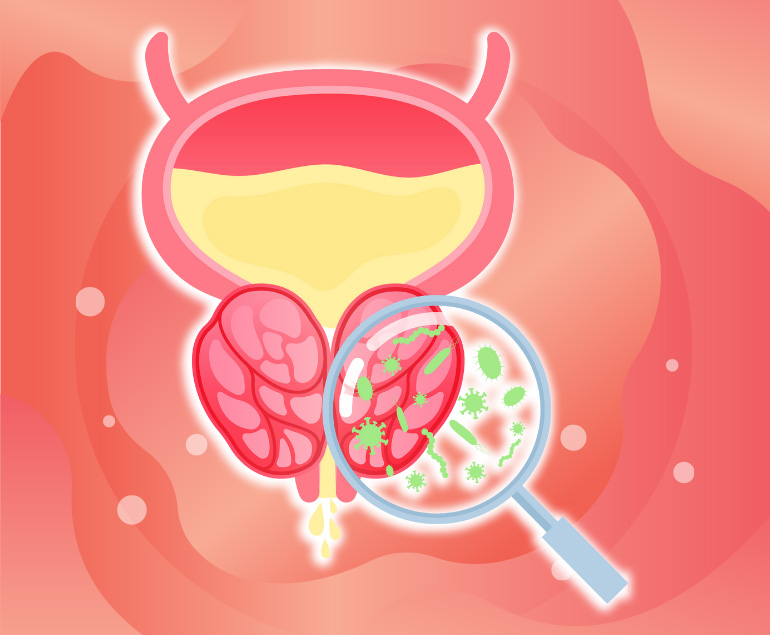Kidney stones; are hard crystals formed in the kidneys. They are usually formed as a result of crystallisation of various substances in the urine. Insufficient fluid intake, certain foods consumed or certain medical conditions can increase the risk of kidney stone formation. Some people are genetically more prone to kidney stone formation and this condition can be passed down through families.
Kidney stones are a common health problem that affects many people around the world. However, by learning more about the formation, symptoms and treatment methods, it is possible to deal with this condition more effectively. Here is what you need to know about kidney stones:
What are the Symptoms of Kidney Stone?
Kidney stone symptoms; It usually manifests itself as severe pain, blood in the urine, nausea or vomiting.
Kidney stones can be of different sizes and shapes. While small stones are usually asymptomatic and can be removed from the body with urine, large stones can block the urinary tract and cause severe pain.
Symptoms of kidney stones can vary from person to person and sometimes stones can be passed out of the body without any symptoms. However, the size and location of the stones affect the severity and type of symptoms. Kidney stones are usually associated with the following symptoms:
Pain: The most obvious symptom is severe and sharp pain, usually in the abdomen, back or groin area. This pain occurs when the stone moves from the kidney into the urinary tract.
Blood in urine (haematuria): Stones can irritate the urinary tract, which can cause blood in the urine (haematuria). In this case, the urine can often be red, pink or brown, different from normal.
Frequent urination: People with kidney stones may experience frequent urination. This usually happens because the stone moves into the urinary tract and blocks the flow of urine.
Nausea and vomiting: Kidney stones can cause symptoms such as nausea and vomiting due to the connection between the kidneys and the gastrointestinal tract.
Bad odour or turbidity in urine: Kidney stones can cause urine to look cloudy or smell bad.
Fever and chills: If the stones cause a urinary tract infection, symptoms such as fever and chills may occur.
Kidney Stone Treatment
The treatment of kidney stones usually depends on the size and type of stone and the symptoms it causes. Therefore, there are various treatment options for kidney stones:
Waiting and Monitoring: Small stones are usually excreted from the body in the urine. During this process, doctors may recommend that you drink plenty of water and use painkillers if necessary.
ESWL (Extracorporeal Shock Wave Lithotripsy): This method aims to break the stone with sound waves directed to the body from outside. These small pieces are then excreted from the body with urine.
URS (Ureteroscopic Stone Surgery): This is done by advancing a thin device called a ureteroscope along the urinary tract and breaking up the stone with laser energy or another method.
PCNL (Percutaneous Nephrolithotomy): This method is usually used to treat large stones. The doctor pierces the skin and kidney and removes the stone through a tube.
Kidney Stone Surgery: Open surgery may be required in the presence of very large stones or in cases where treatment cannot be performed with other methods. However, this is the last resort in stone treatment and is rarely required.
Medication Therapy: Some types of stones can be treated with medication. For example, alkalinising drugs are used for uric acid stones.

Kidney Stone Surgery
Kidney stone surgery involves the removal of mineral stones formed in the urinary tract. Stones, which are the source of this disease, which is quite common in our country, can be removed with the help of surgery. In this respect, kidney stones are treatable disorders.
Kidney stones, the incidence of which has increased considerably especially in the last 15 years, can be broken with the method deemed appropriate by the doctor or can be removed directly with open kidney stone surgery. In the treatment process where many different methods such as endoscopy, open, closed and laser can be applied, there are different factors that determine which method will be used. After evaluating these factors, the method of surgery is clarified by the doctor.
Success rates vary in kidney stone crushing or removal. Just as the treatment methods applied vary, the success of these methods may vary just like the types of methods. Therefore, with the development of technology, some methods may lose their popularity day by day.
How is Kidney Stone Formed?
Kidney stones are usually formed as a result of crystallisation of various substances in the urine. Inadequate fluid intake, certain foods consumed or certain medical conditions can increase the risk of stone formation.
The formation of kidney stones is closely related to the process of excretion of various minerals in the blood through the kidneys. Under normal conditions, these minerals exist in a certain balance and dissolve in the urine. However, in some cases, the frequency and amount of dissolution may decrease. With the accumulation of crystals caused by decreased dissolution, crystal precipitation and formation of kidney stones occur in the inner parts of the kidneys.
Kidney stones can be of various types, the most common being calcium oxalate stones, which account for about 80 per cent of all cases. Other types of stones include stones formed due to infections, uric acid stones, cystine stones and calcium phosphate stones.
Factors such as nutrition and lifestyle are very important in the formation of kidney stones. The most important of these is insufficient fluid consumption. Other dietary habits, such as high animal protein intake, excessive sodium intake, excessive consumption of refined sugars and excessive intake of caffeinated beverages or cocoa-derived foods can also increase the risk of kidney stone formation. In addition, urinary tract infections, structural abnormalities in the kidneys, certain medications and genetic factors can also trigger the formation of kidney stones.
How Does Kidney Stone Fall?
The removal process of a kidney stone from the body usually depends on the size and location of the stone. Small kidney stones usually move along the urinary tract and are passed out of the body with the urine. This process can sometimes cause pain because the stone can cause irritation as it travels along the ureter, the thin tube from the kidney to the bladder.
Symptoms of a kidney stone falling are usually the following:
- Sharp and severe pain, usually in the abdomen, groin or lower back
- Cloudy or dark urine
- Red, pink or brown (bloody) urine
- Frequent need to urinate
- Nausea and/or vomiting
When you are in the process of kidney stones, doing the following can provide relief:
Abundant liquid consumption: Drinking plenty of water can accelerate the progress of the stone along the urinary tract and also facilitate the removal of the stone from the body.
Painkillers: Using painkillers recommended by your doctor can help reduce your pain during the process.
Medical treatment: Symptoms in some cases may require medical intervention. For example, if the stone blocks the urinary tract, obstructs the flow of urine or causes infection, the doctor may recommend a procedure to break or remove the stone.
If you are dropping a kidney stone or if you are experiencing symptoms that you have kidney stones, you can get detailed information by contacting us.






